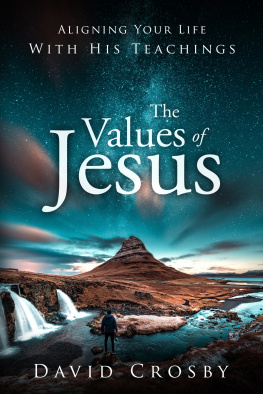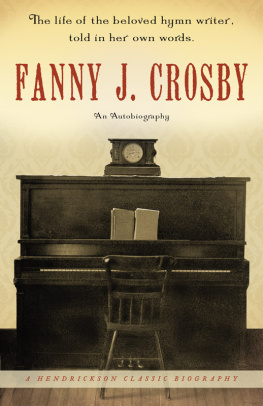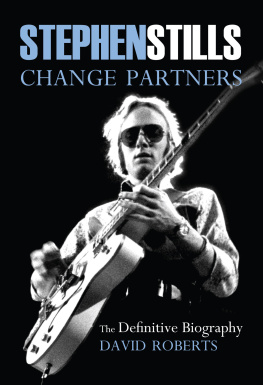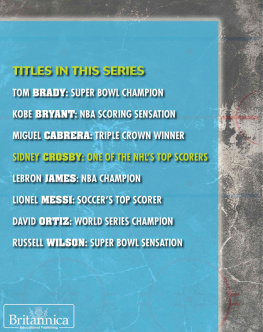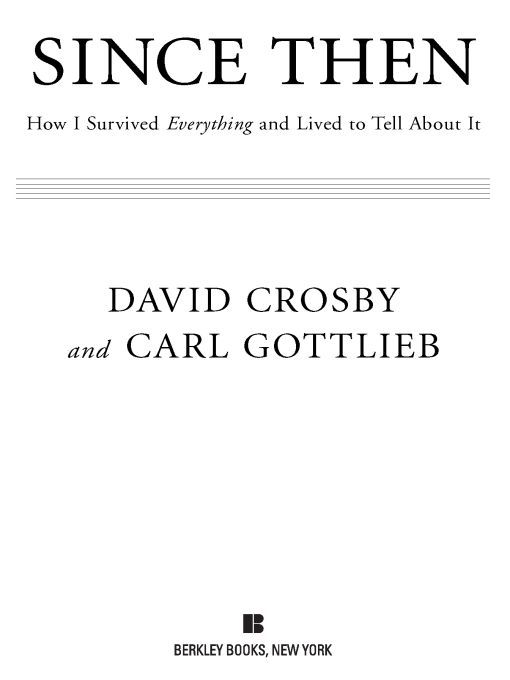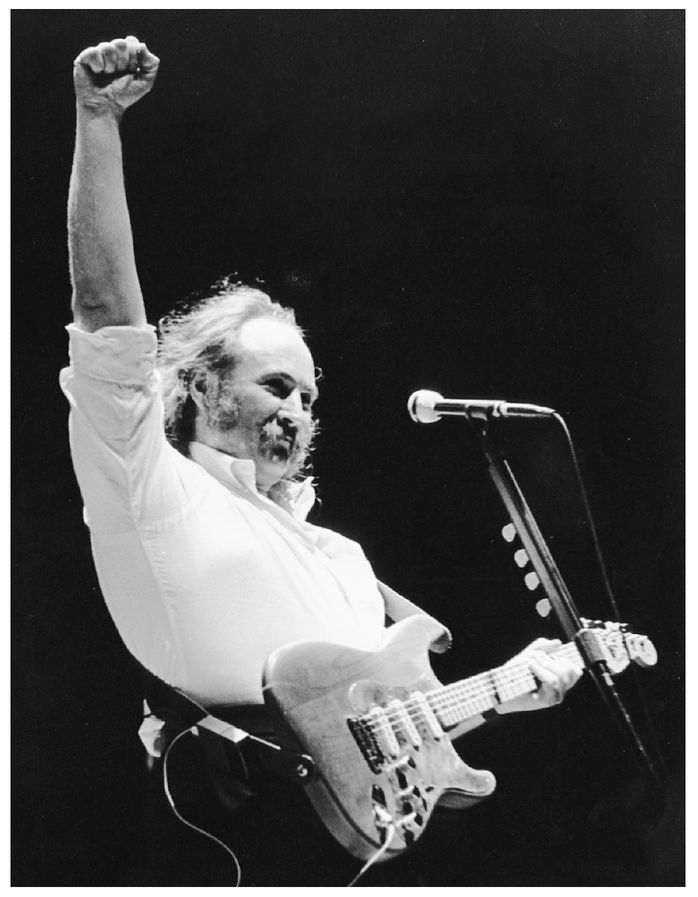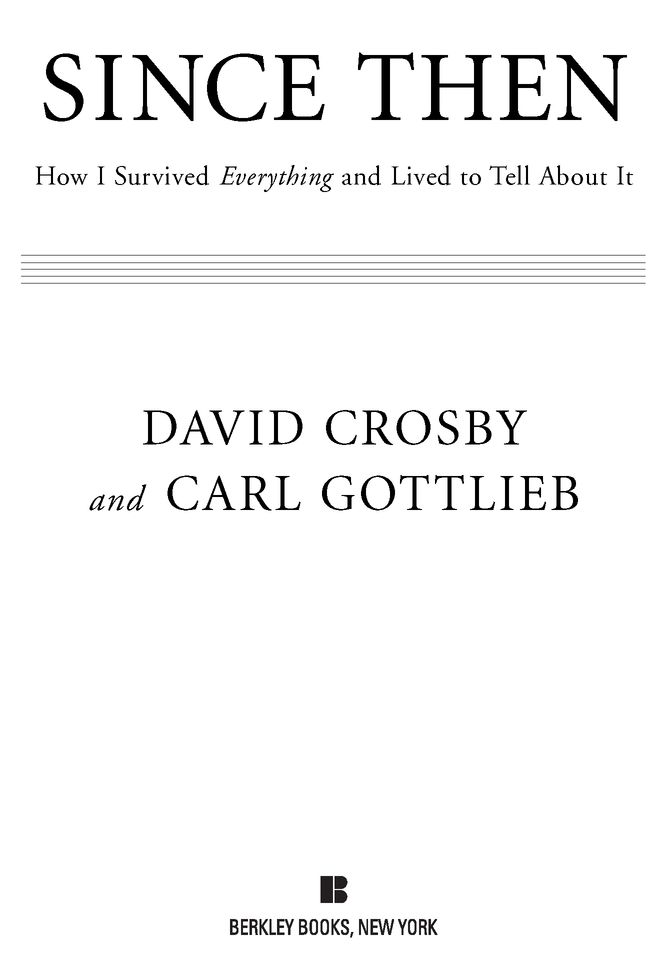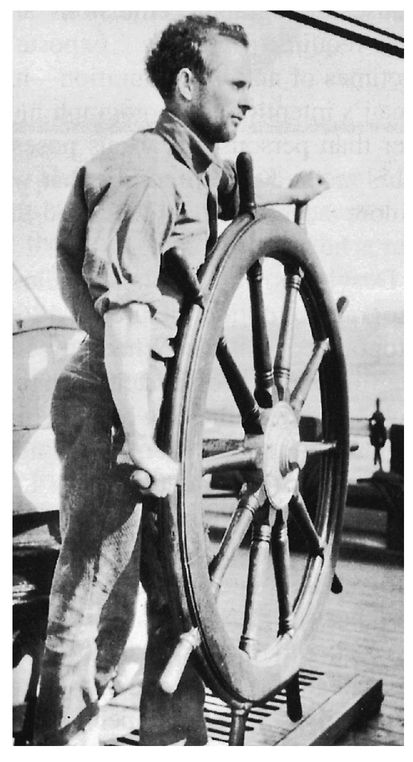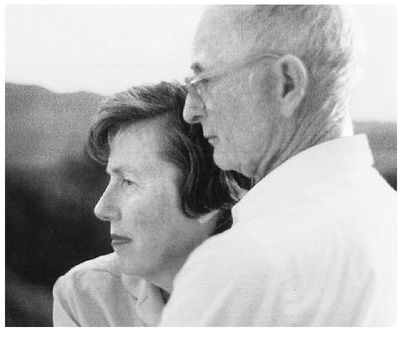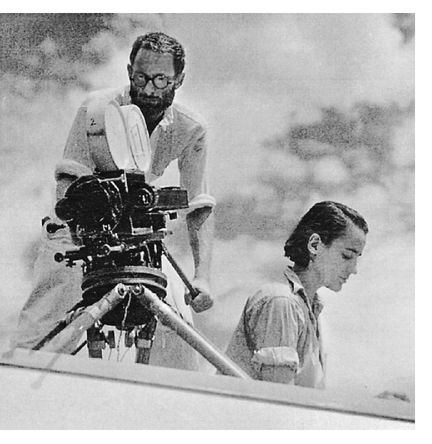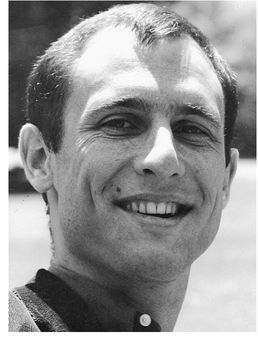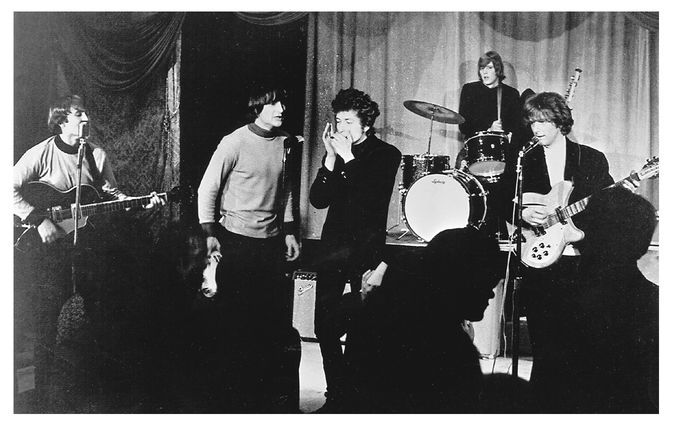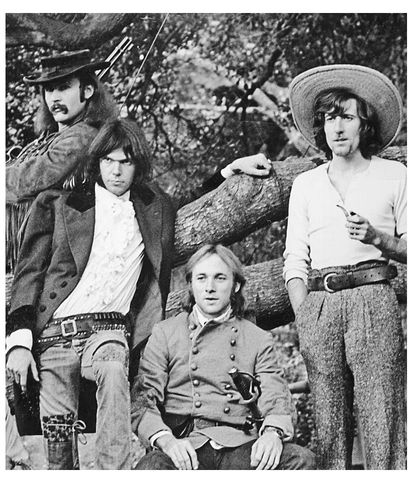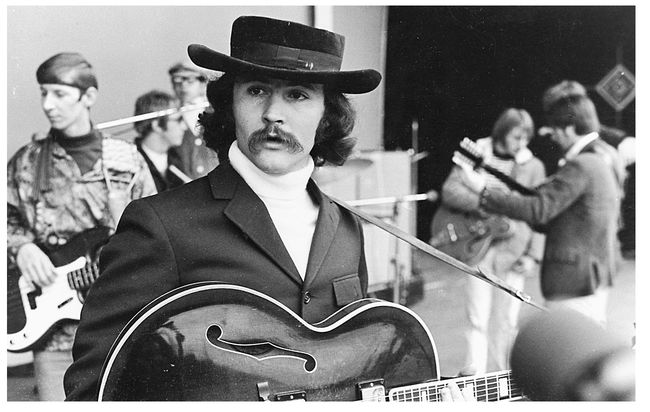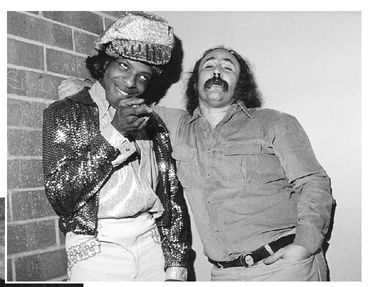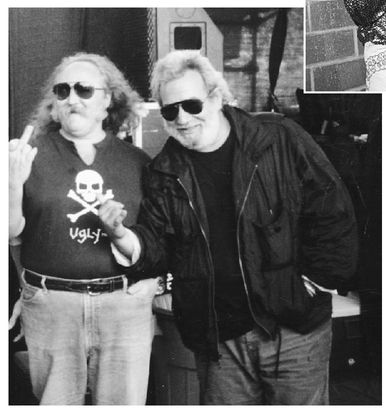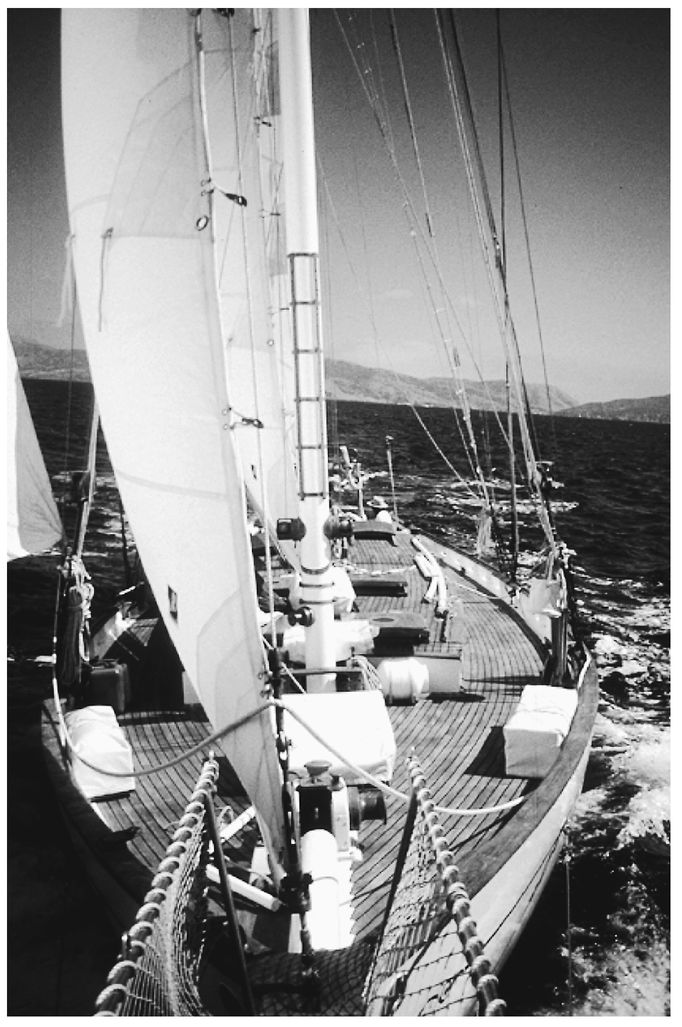Table of Contents
My dad at the wheel of a schooner, 1928. (David Crosby personal collection)
Floyd Crosby and Betty Cormack Crosby, my father and stepmother, a blissful couple. (David Crosby personal collection)
Floyd and Aliph, my father and mother, filming in Brazil. (David Crosby personal collection)
My brother, Ethan, who taught me to play guitar. (David Crosby personal collection)
Early Byrds (and special guest): from left to right, me on guitar; Gene Clark, our songwriter, on vocals; Bob Dylan playing the harp; Michael Clarke on drums; and Roger (then Jim) McGuinn with a twelve-string guitar. (Courtesy Michael Ochs Archives)
Croz in a Russian hat. This and the Borsalino were distinguishing headgear for the sixties Byrd. Note the new mustache. (Courtesy Everett Collection)
Two Beatles, one Byrd: John Lennon, Paul McCartney (partly hidden), and David Crosby, in London, circa 1968. (David Crosby personal collection)
Me, Neil, Stephen, and Graham, the Dj vu lookalso appropriate gear for Cowboy Movie. (Photo courtesy Tom Gundelfinger ONeal)
The sixties in the Canyon: Joni Mitchell, me, and Eric Clapton, whos fiercely contemplating the music. (Photo courtesy Henry Diltz)
More mustache, trademark Borsalino hat: Buffalo Springfield. (Photo courtesy Henry Diltz)
Im not sure when or where this was taken; I do know that it looks as if Im a ventriloquist, working Sly Stones head. (David Crosby personal collection)
Dudes in shades: Jerry Garcia trying to hitch a ride on my bird. (David Crosby personal collection)
Looking aft from the bowsprit of the Mayana constant in good times and bad. (Photo by Dana Africa)
INTRODUCTION
A short time after publishing Long Time Gone: The Autobiography of David Crosby in 1988, we started making jokes about having written it too soon. The first book covered my early years, the folk music scene, forming the Byrds, being thrown out of that band, forming Crosby, Stills, and Nash, and linking up with Neil Young; the lives and deaths of loved ones; adventures in sailing; a midnight gunfight, escalating excessive lifestyle choices, drug abuse, arrest, detention, detox; Texas prison, release, recovery, and redemption.
This new book tells the story of whats happened since then (hence the title). But it isnt a catch-up collection of details laid out in chronological orderits a subjective narrative, cutting across time and place as ideas unfold. With its impressionistic approach and thematic (rather than strictly chronological) organization, Since Then employs some of the structures and conventions of a screenplay, complete with camera directions for the reader.
If youve flipped through the pages before coming to this beginning, youve noticed a variety of typographical styles. Since memory is an imperfect journal of experience, weve added to my recollections the memories of others, together with recordings and transcriptions of a public life. Thats why this book speaks with multiple voices, printed in three type styles. First, theres me (no surprises there). This body of text is how I describe my life the way I think I lived it, correcting the record or creating a record where none existed before. That makes for the first-person narrative common to autobiographies, which should be reassuring to the reader. There are also passages representing voices other than mine. By way of example, I offer this flattering note from a writer whos a friend and a fan, Spider Robinson. Hes talking about a song I wrote a long time ago, when I was in the Byrds.
SPIDER ROBINSON
I dont think a month of my life has gone by since the summer of 1967 that I have not taken out my guitar and taken a crack at Everybodys Been Burned at least once. What could be better than a haunting, heartbreaking storywith a happy ending? I know of no character more fascinating and admirable than the man who has been badly hurt and still refuses to quit hoping, still gambles on loving.
Thank you, Spider. Finally, slightly indented and in italic text, youll see the more or less objective words of my coauthor, writing in a presumably omniscient voice, because we agree that a third-person narrative would be appropriate for presenting credentials, explaining sources, setting the stage, supplying background information, and introducing characters who add alternative views of what happened. As he does here:
There are a number of other voices and comments from third parties, some of them not friends of David, many recorded in transcriptions of interviews and conversations, both in person and on the phone. The authors have included alternative versions of some events to correct any imbalance that mightve crept into Crosbys otherwise perfect account of a complicated life, imperfectly documented in its time. Only in the last decade have the Crosbys kept a master date book and a coordinated calendar. Nonetheless, true to his show-business roots, Davids never missed a gig unless he was hospitalized, under arrest, in jail, or recovering from one of the above. When arrested in New York City in 2004, he was released (after spending a night in jail) in the afternoon and played that nights gig in Glenside, Pennsylvania.



